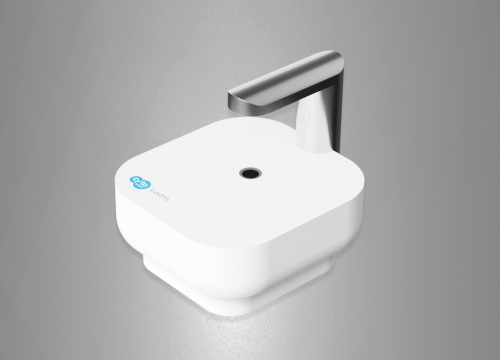Authors: Lin YC, Lin JF, Tsai TF, Chen HE, Chou KY, Yang SC, Tang YM, Hwang TIS.
Scientific Reports, 7, 2017
Human bladder cancer (BC) cells exhibit a high basal level of autophagic activity with accumulation of acridine-orange(AO)-stained acidic vesicular organelles. The rapid AO relocalization was observed in treated BC cells under blue-light emission. To investigate the cytotoxic effects of AO on human BC cell lines under blue-light exposure, human immortalized uroepithelial (SV-Huc-1) and BC cell lines (5637 and T24) were treated with indicated concentrations of AO or blue-light exposure alone and in combination. The cell viability was then determined using WST-1, time-lapse imaging with a Cytosmart System and continuous quantification with a multi-mode image-based reader. Treatment of AO or blue-light exposure alone did not cause a significant loss of viability in BC cells. However, AO exhibited a dose-dependent increment of cytotoxicity toward BC cells under blue-light exposure. Furthermore, the tumor formation of BC cells with treatment was significantly reduced when evaluated in a mouse xenograft model. The photodamage caused by AO was nearly neglected in SV-Huc-1 cells, suggesting a differential effect of this treatment between cancer and normal cells. In summary, AO, as a photosensitizer, disrupts acidic organelles and induces cancer cell death in BC cells under blue-light irradiation. Our findings may serve as a novel therapeutic strategy against human BC.
